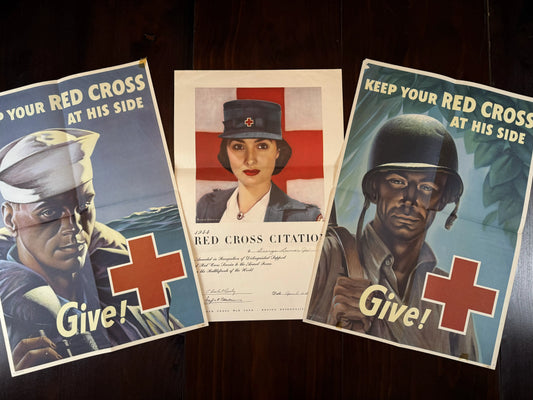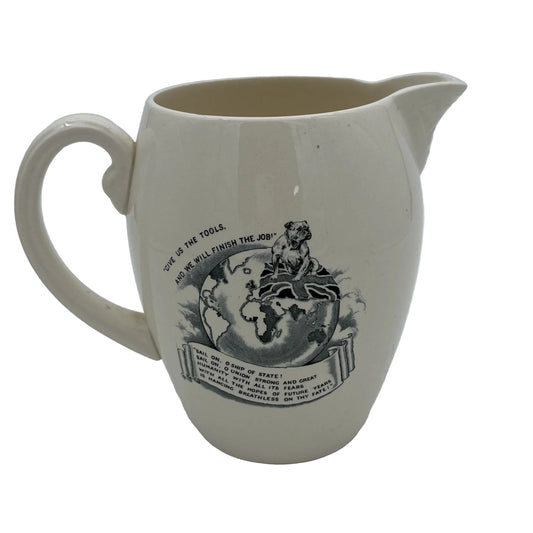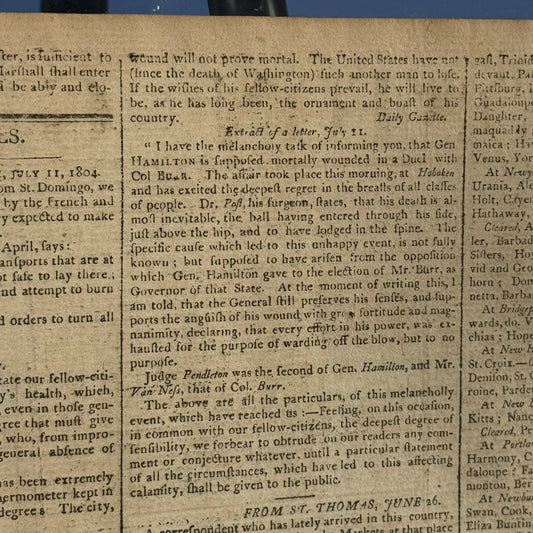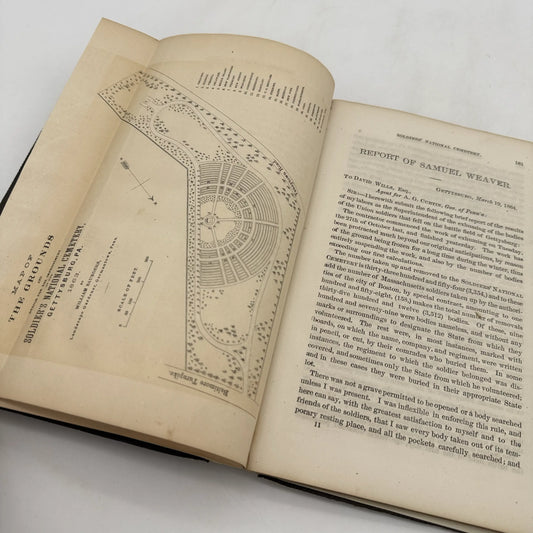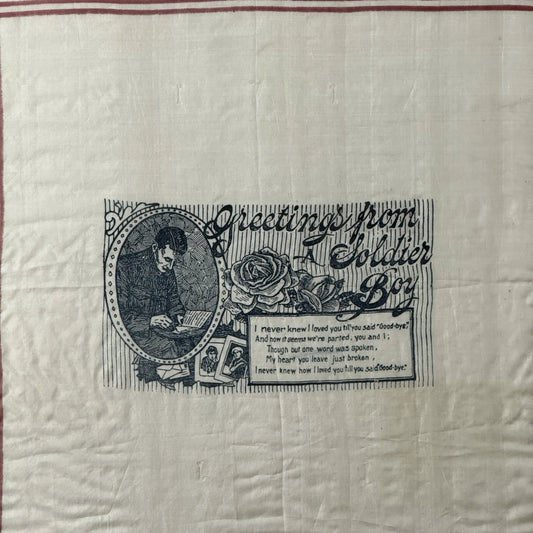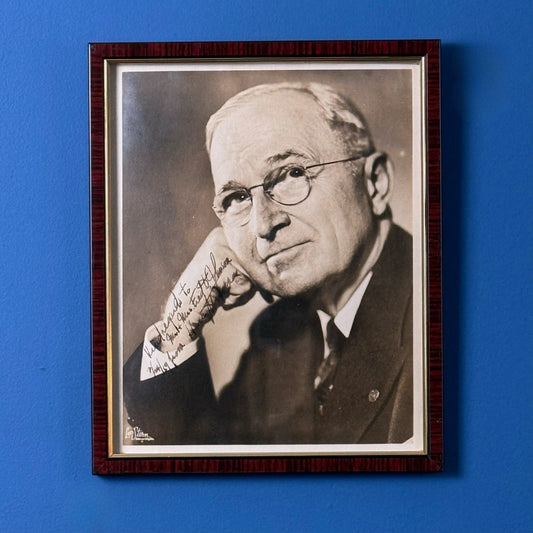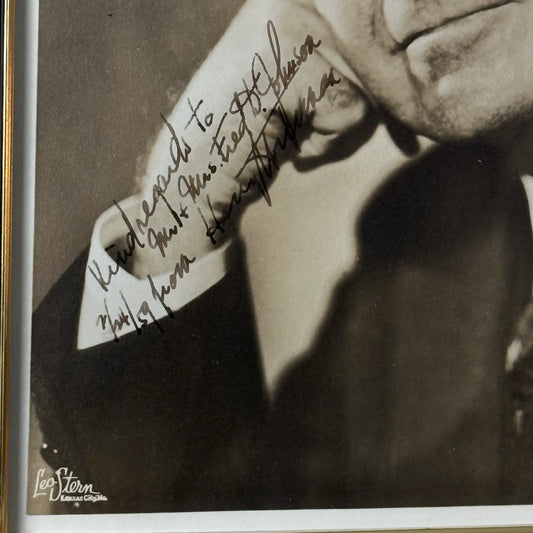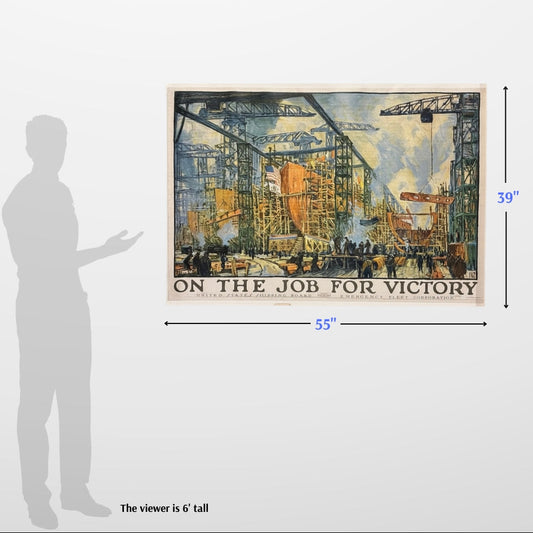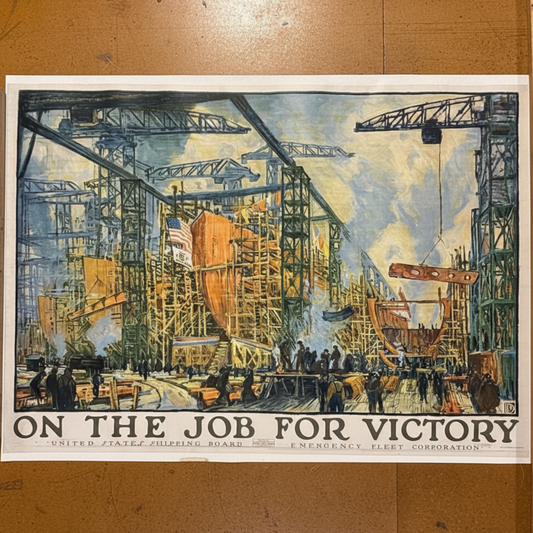1901 Pan-American Exposition Decorated Miniature Lamp
1901 Pan-American Exposition Decorated Miniature Lamp
Updated at 9:45 pm Eastern on March 7: This has been sold.
Opaque white with shaded mottled pink ground and polychrome transfer decoration, ball-form font with North and South America maps with girls having joined hands under "PAN - AMERICAN EXPOSITION 1901, BUFFALO, N.Y., U.S.A.", matching decorated ball-form shade, period collar.
Note: This is a correction from the e-mail, which referred to these as hand-painted.
Fitted with a Plume & Atwood Nutmeg burner, colorless chimney. 1901.
Important: This is offered as a decorative item; do not use it as a lamp.
One of the two globes has been repaired.
Size:
- 8 1/2" H to top of shade
- 4 1/4" H to top of collar
- 2 1/2" D base
Only one.
Shipping: $25.
Historical background
The Pan-American Exposition, often referred to as "The Rainbow City", received national attention in the press and elsewhere a couple of years before, during and after it occurred. During the course of the exposition more than 8,000,000 visitors came to the event.
The event was organized by the Pan-American Exposition Company, formed in 1897. Cayuga Island was initially chosen as the place to hold the Exposition because of the island's proximity to Niagara Falls, which was a huge tourist attraction. When the Spanish–American War broke out in 1898, plans were put on hold. After the war, there was a heated competition between the cities of Buffalo and Niagara Falls over the location. Buffalo won for two main reasons. First, Buffalo had a much larger population; with roughly 350,000 people, it was the eighth-largest city in the United States. Second, Buffalo had better railroad connections; while the city was also located on the east shore of Lake Erie and serviced by 12 steamship lines, was within a day's journey by rail or steamship for over 40 million people. The Pan-American Exposition was distinctive from its former predecessors in that it was the first exposition to employ a central theme in its overall design and layout, employing extensive lighting on and about the buildings and other structures, along with color, and sculpture to obtain its harmony. It was also the first exposition with a global unifying theme that emphasized the concept of Pan-Americanism.
Source: Wikipedia
For more information, this site is dedicated to the expo.
Made by America
Made by America
Almost all of the new products we offer are designed by us and made in America and most of our Rare Finds were made in America.
Our original designs are based on our nation’s history and our love of American history. Read more about other things we've created, including The History List, History Camp, and The Pursuit of History, in addition to The History List Store.
Every product that is made in America states that in the product description and includes the "Made in U.S.A." graphic.
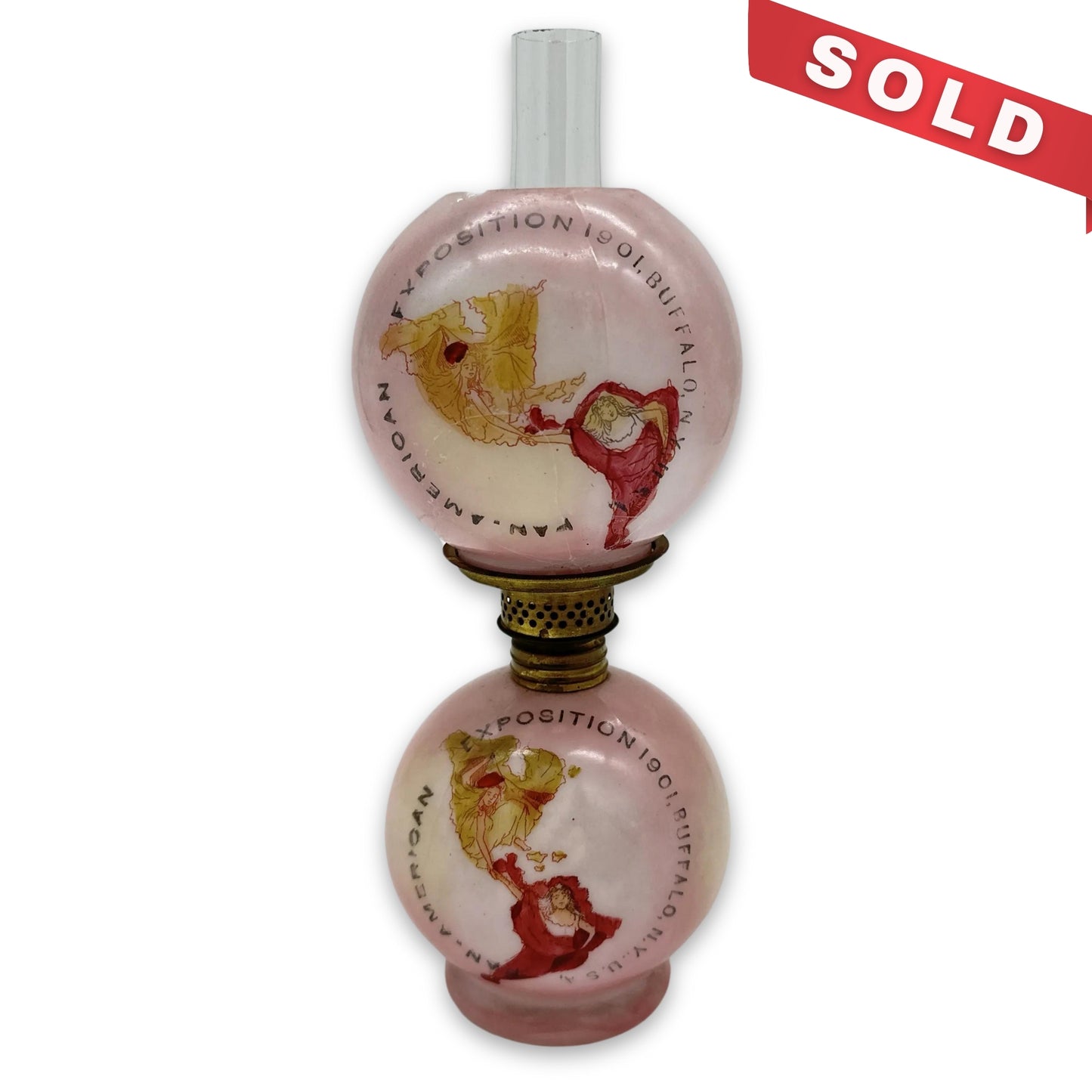
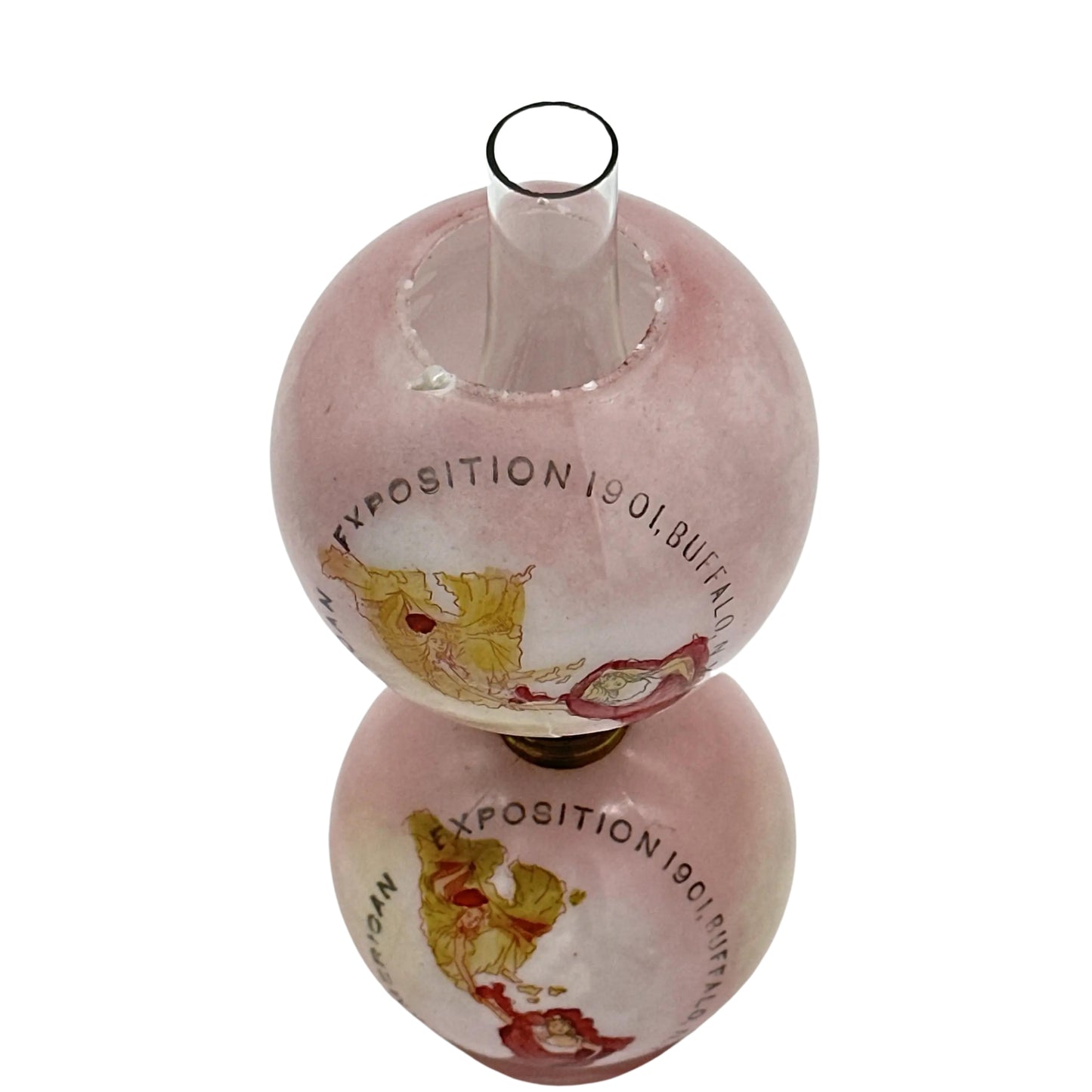
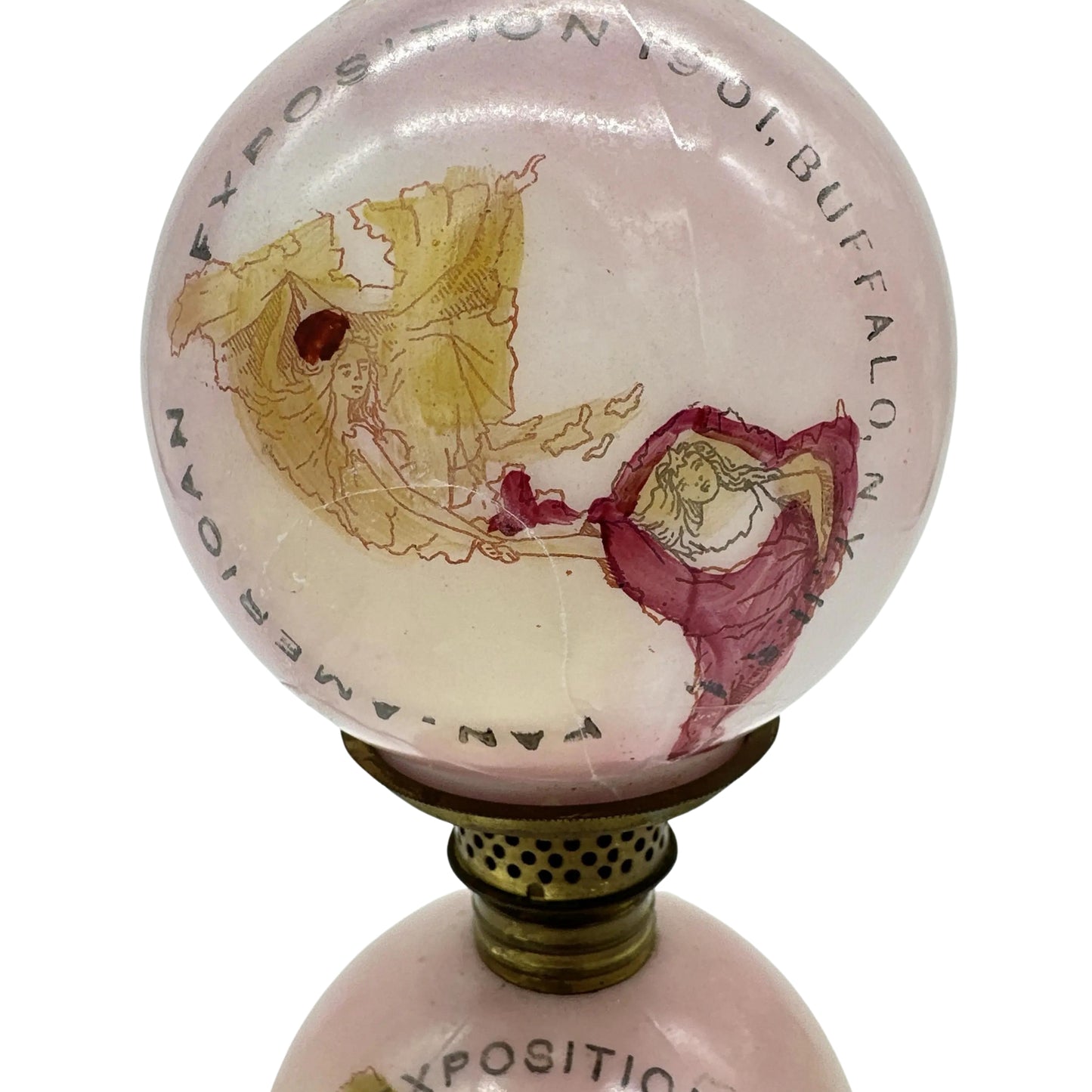
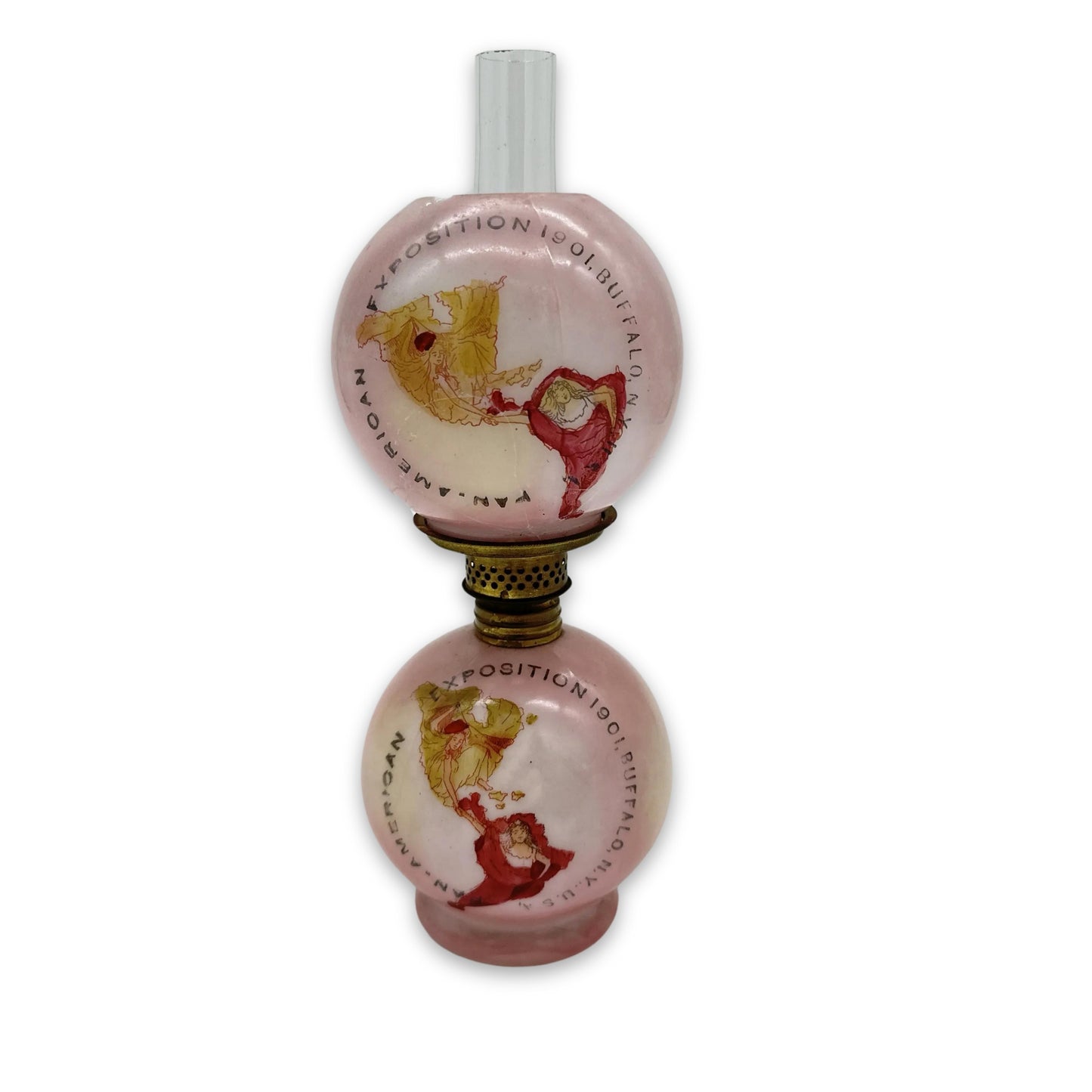
New in Rare Finds this week
-
WWII Red Cross Posters
"yes"
Sold out -
Sold out








